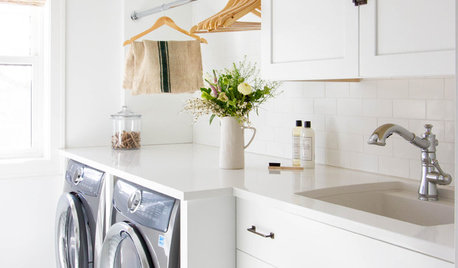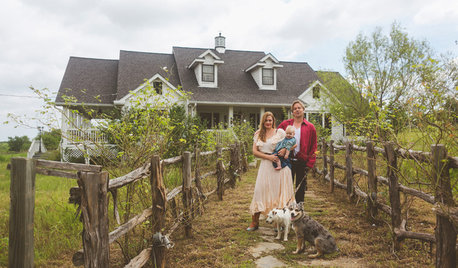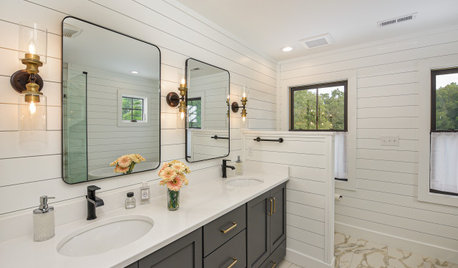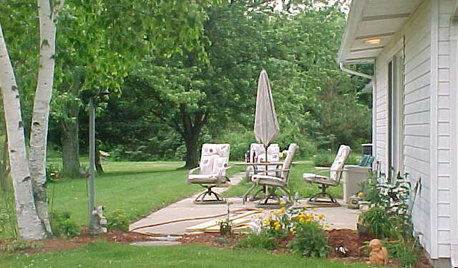New Member, New Homeowner, New Questions
lapoltba
10 years ago
Related Stories

MOST POPULARHow to Remodel the Laundry Room
Use this step-by-step guide to figure out what you want and how to make it happen
Full Story
MOVING9 Things New Homeowners Know to Be True
Just moved into a new home? Congratulations! The fun is about to begin
Full Story
DISASTER PREP & RECOVERYRemodeling After Water Damage: Tips From a Homeowner Who Did It
Learn the crucial steps and coping mechanisms that can help when flooding strikes your home
Full Story
INSIDE HOUZZDecorating Trends: A New Houzz Survey Shows What Homeowners Want
Is the TV gaining or losing ground? Are women or men trendier? Find out and learn more about people’s decorating plans right here
Full Story
MY HOUZZMy Houzz: Homeowners Get Creative in a Farmhouse Renovation
A Texas farmhouse property gets new life with antiques, modern updates and a rustic recording studio
Full Story
BATHROOM WORKBOOKHow to Remodel a Bathroom
Create a vision, make a budget, choose your style and materials, hire the right pros and get the project done
Full Story


WORKING WITH PROS10 Questions to Ask Potential Contractors
Ensure the right fit by interviewing general contractors about topics that go beyond the basics
Full Story
WORKING WITH PROS9 Questions to Ask a Home Remodeler Before You Meet
Save time and effort by ruling out deal breakers with your contractor before an in-person session
Full StoryMore Discussions








mad_gallica (z5 Eastern NY)
NHBabs z4b-5a NH
Related Professionals
Canton Landscape Architects & Landscape Designers · Ballwin Landscape Architects & Landscape Designers · Oatfield Landscape Architects & Landscape Designers · White Oak Landscape Architects & Landscape Designers · Anderson Landscape Contractors · Aurora Landscape Contractors · Placerville Landscape Contractors · Raleigh Landscape Contractors · Saint George Landscape Contractors · Seymour Landscape Contractors · West Chester Landscape Contractors · 07920 Landscape Contractors · Hueytown Landscape Contractors · North Hills Landscape Contractors · Leander Decks, Patios & Outdoor Enclosurescorunum z6 CT
corunum z6 CT
lapoltbaOriginal Author
defrost49
lapoltbaOriginal Author
NHBabs z4b-5a NH
lapoltbaOriginal Author
molie
corunum z6 CT
edlincoln
lapoltbaOriginal Author
mad_gallica (z5 Eastern NY)
lapoltbaOriginal Author
jenniferg76
lapoltbaOriginal Author